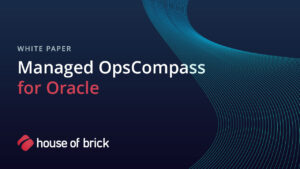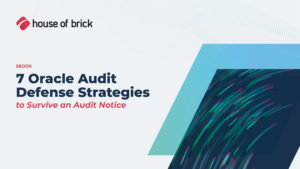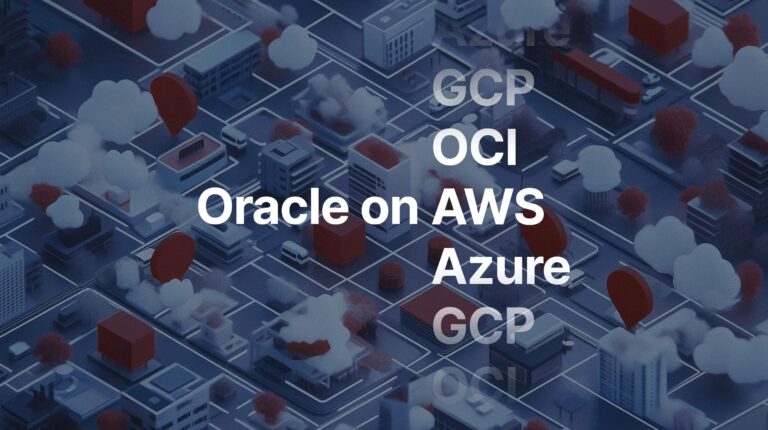Virtualization: The Oracle Licensing Risk Multiplier
Virtualization offers flexibility, scalability, and cost savings. But when it comes to Oracle licensing, it’s a double-edged sword.
Virtualized environments—especially VMware—often create massive hidden licensing risks that Oracle auditors love to exploit. If you’re running Oracle software in a virtualized or hybrid environment, understanding how license exposure works is essential.
See how Opscompass monitors VMware and cloud drift across environments
1. VM Movement and vSphere Clusters
Oracle’s licensing model states that if a host within a vSphere cluster can run Oracle, then all hosts in that cluster must be licensed—even if Oracle isn’t actually installed on them.
- Risk: Even a brief VM movement can expose you to licensing obligations across the entire cluster.
- Solution: Opscompass automatically tracks VM movement and alerts you to shifts that may create license risk.
2. Snapshots and Cloning
Snapshotting or cloning VMs that contain Oracle binaries can create multiple “licensable instances” during an audit.
- Risk: Inactive snapshots can be counted as unlicensed installations.
- Solution: Schedule regular snapshot cleanup and use tools like Opscompass to maintain current inventory. For more on drift detection, check out this blog on configuration monitoring.
3. Shared Storage Complexity
Oracle may argue that any host with access to shared storage containing Oracle binaries is licensable.
- Risk: Shared SAN/NAS systems with open host access can multiply your license exposure.
- Solution: Architect isolated storage zones for Oracle workloads and lock down storage access between clusters.
4. Disaster Recovery Configurations
Many DR environments mirror production—including Oracle software—but teams often forget to license DR nodes.
- Risk: Failing to license DR correctly can double audit exposure.
- Solution: House of Brick’s Oracle License Assessment helps organizations model DR use cases in line with Oracle’s policies.
5. Misunderstanding Soft vs. Hard Partitioning
Oracle only recognizes a few technologies (like Oracle VM and Solaris Zones) as hard partitioning. VMware and Hyper-V are treated as soft partitioning, which means full-environment licensing may apply.
- Risk: Misinterpreting Oracle’s definitions could result in licensing everything connected to your virtualization cluster.
- Solution: Review Oracle’s partitioning rules and consult House of Brick before deploying new virtual infrastructure.
How Opscompass Helps Reduce Virtualization-Driven Risk
With Opscompass:
- Get alerts when VM movement triggers expanded licensing scope
- Monitor Oracle workloads across VMware, AWS, Azure, OCI
- Maintain accurate, real-time drift and usage reports
With House of Brick:
- Run compliance scenarios before Oracle shows up
- Defend your architecture in an audit
- Get licensing advice grounded in Oracle’s real-world enforcement practices
Not under Oracle’s current policy. It treats VMware as soft partitioning, which doesn’t limit scope.
They might. Oracle has used VM templates and backups as evidence of unlicensed usage.
Use Opscompass for live tracking and House of Brick for licensing reviews
Don’t Let Virtualization Put You in Oracle’s Crosshairs
Virtualization helps your architecture. Don’t let it hurt your bottom line.
Let Opscompass monitor your risk in real time—and let House of Brick defend your environment with proven licensing strategies.
Schedule a License Risk Review
See How Opscompass Detects VM Movement in Real Time







